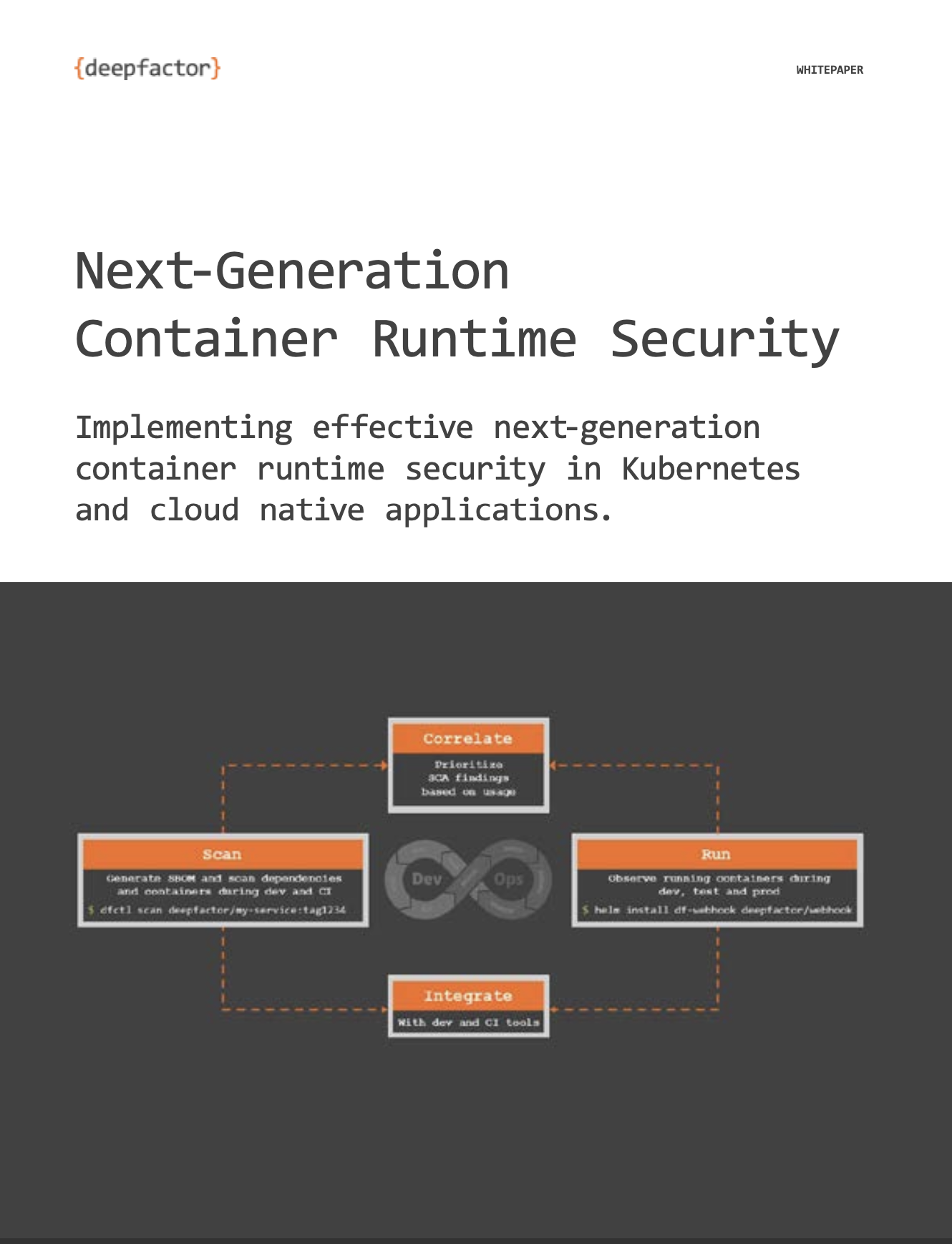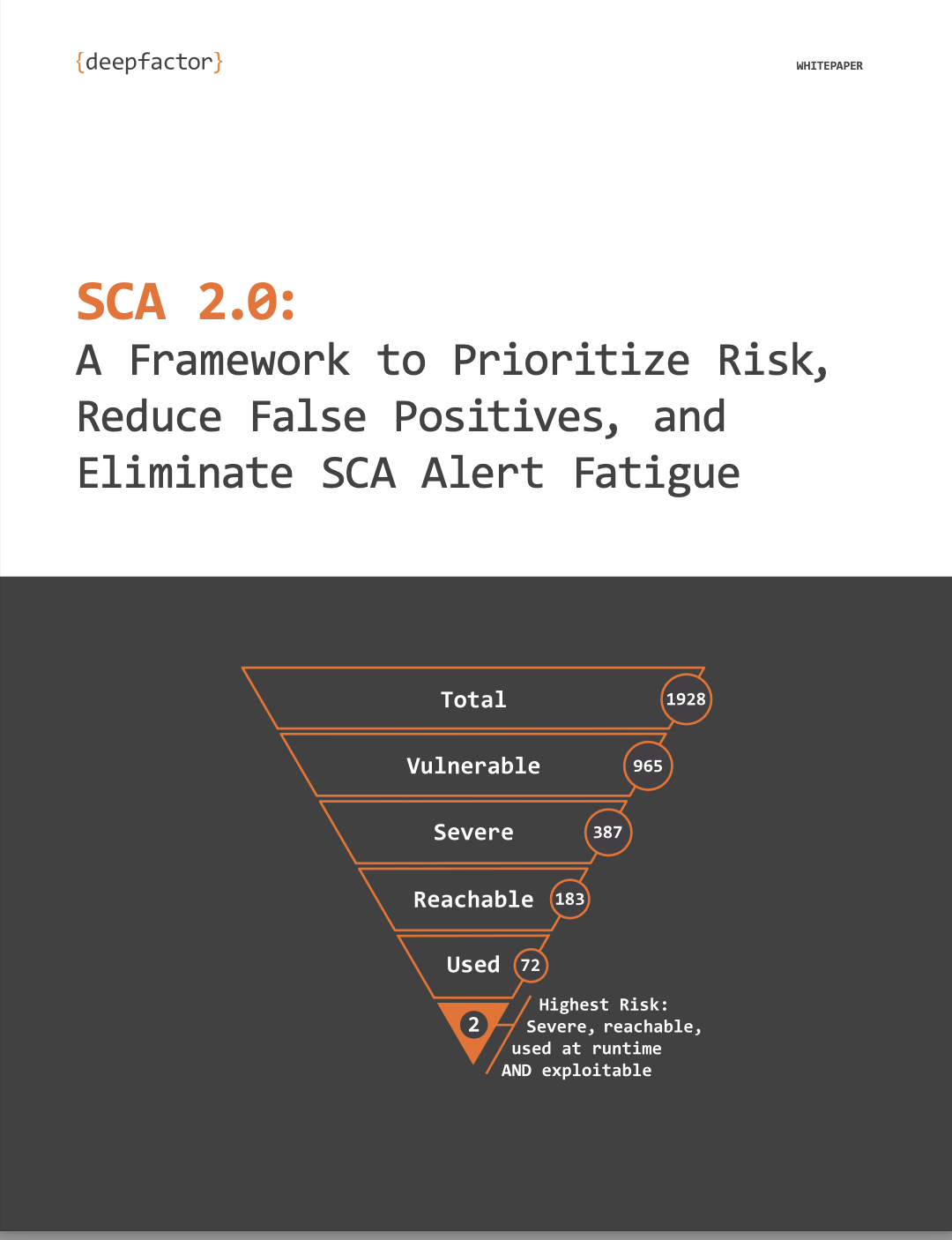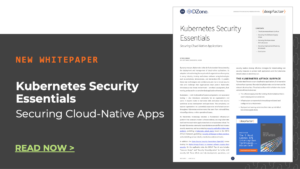Kubernetes is becoming the standard for automating the deployment and management of cloud native applications. But because of its complexity, securing your Kubernetes environment and the cloud native apps that run on top of it is critical. And difficult.
Why is that? What are the biggest security challenges when running Kubernetes?
Here are my top 4 Kubernetes Container Security challenges:
- Most k8s deployments have multiple containers, each running different Operating Systems and apps written in different languages. You need to be language agnostic.
- Risks can be hidden in your application layer, dependencies, container images, or the web/API interfaces exposed by your app. You need comprehensive coverage.
- Your Ops may not be comfortable with needing root access or installing kernel modules or privileged side cars. You need a non-intrusive approach that your DevOps approves.
- Pinpointing a security risk only solves part of the problem. Remediation is only possible with rich evidence information such as stack traces, method traces, and more. You need deep visibility, with the least performance overhead possible.
What are some ways to secure applications running in Kubernetes?
When it comes to Kubernetes container security, the holy grail is if you can drop a simple webhook into your environment—with no root access, no kernel drivers, no privileged side cars—seamlessly observe multiple containers/pods and apps written in multiple languages, and still gather rich evidence information like stack traces. All while consuming very little performance overhead! That would be magic!
But you can see how this is actually possible in this 3-minute demo video “How to Establish and Collect Data from your Kubernetes Environment”. If you use k8s, I’m sure you’ll love the magic this developer security tool has created as well!
You can also check out the whitepaper Kubernetes Security Essentials: Security Cloud-Native Applications. Deepfactor partnered with DZone to help developers understand what is needed to secure cloud native applications.
Learn how to protect the three primary attack surfaces in a Kubernetes cluster.







